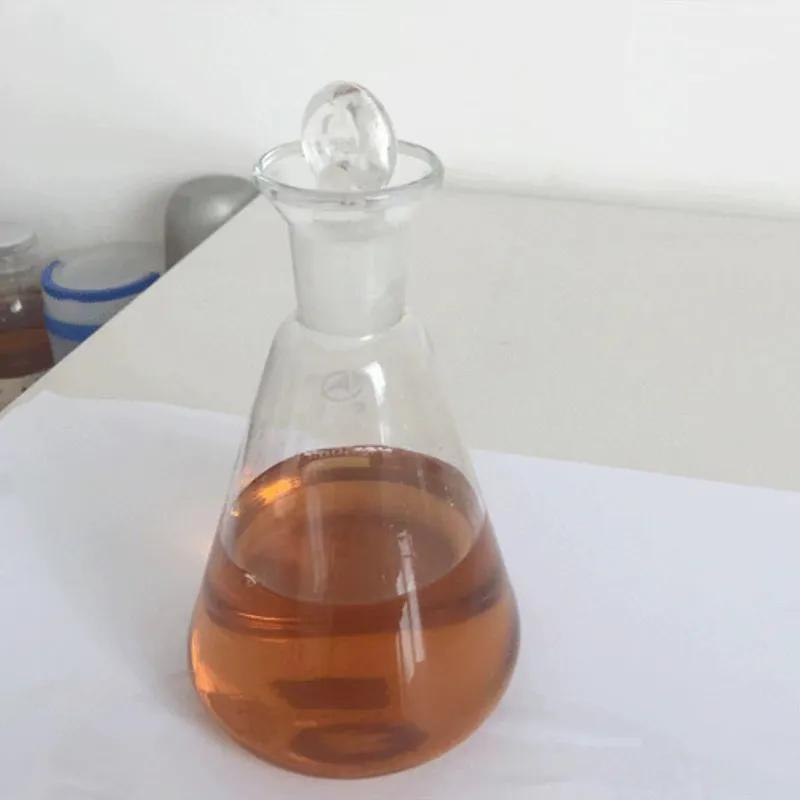
Understanding the Benefits and Applications of 471 Emulsifier in Food Industry
Understanding 471 Emulsifier Uses, Sources, and Safety
Emulsifiers are substances that help stabilize mixtures of oil and water, preventing them from separating. Among various emulsifiers, the 471 emulsifier, also known as mono- and diglycerides of fatty acids, has gained significant attention in the food industry for its multifunctional properties. This article explores the sources, uses, and safety aspects of 471 emulsifier.
What is 471 Emulsifier?
The 471 emulsifier is derived from glycerol and fatty acids, which can be either animal- or plant-based. It is produced through the process of esterification, where glycerol reacts with fatty acids to form mono- and diglycerides. These emulsifiers are classified as E471 in the food additive nomenclature used in Europe. The versatility of mono- and diglycerides makes them suitable for a wide range of food applications.
Uses of 471 Emulsifier
In the food industry, 471 emulsifier is widely used for its ability to improve texture, enhance stability, and prolong shelf life. It plays a crucial role in various products, including baked goods, margarine, spreads, dressings, and ice creams. In baked goods, 471 helps retain moisture and improves crumb structure, leading to a more appealing texture.
In margarine and spreads, it facilitates a smooth consistency and prevents separation of ingredients. Furthermore, in ice creams, 471 emulsifier contributes to a creamier texture by stabilizing air bubbles and preventing ice crystal formation.
471 emulsifier

Beyond the food industry, this emulsifier finds applications in cosmetics and pharmaceuticals, where it is used as a stabilizing agent for lotions, creams, and other emulsified products.
Safety Profile of 471 Emulsifier
The safety of emulsifiers, including E471, has been a topic of interest among consumers and regulatory bodies. Research has shown that mono- and diglycerides of fatty acids are generally recognized as safe (GRAS) by the U.S. Food and Drug Administration (FDA). Similarly, the European Food Safety Authority (EFSA) evaluates food additives, including E471, to ensure their safety for human consumption.
However, moderation is key, as excessive consumption of any food additive can lead to health concerns. It is essential to note that 471 emulsifier is often used in small quantities in food products, and its intake is typically well within safe levels.
While some individuals may have concerns about the source of the fatty acids used in mono- and diglycerides—whether they are derived from animal fat or plant oils—most manufacturers provide clear labeling that indicates the origin of the emulsifiers used in their products.
Conclusion
In summary, the 471 emulsifier, or mono- and diglycerides of fatty acids, is a versatile ingredient widely used in the food industry and beyond. Its ability to stabilize mixtures and enhance the texture of various products makes it a valuable addition to many formulations. While concerns surrounding food additives are valid, the regulatory assessment assures consumers of its safety when consumed within acceptable limits. As always, being informed about the ingredients we consume empowers individuals to make healthier dietary choices.
-
Why Glacial Acetic Acid Food Grade Is Essential in FlavorNewsMay.26,2025
-
Surging Export Growth of Food Additives in ChinaNewsMay.26,2025
-
How Ammonium Nitrate Fertilizer Boosts Crop YieldsNewsMay.26,2025
-
How 1,2,3-Benzotriazole Shields Plastics from UV DegradationNewsMay.26,2025
-
Cyanide in Gold Mining: Protecting People and the PlanetNewsMay.26,2025
-
Aluminum Hydroxide in Modern Sunscreen FormulationsNewsMay.26,2025
-
Understanding Synthetic Rubber OptionsNewsApr.27,2025
Hebei Tenger Chemical Technology Co., Ltd. focuses on the chemical industry and is committed to the export service of chemical raw materials.
-

view more DiethanolisopropanolamineIn the ever-growing field of chemical solutions, diethanolisopropanolamine (DEIPA) stands out as a versatile and important compound. Due to its unique chemical structure and properties, DEIPA is of interest to various industries including construction, personal care, and agriculture. -

view more TriisopropanolamineTriisopropanolamine (TIPA) alkanol amine substance, is a kind of alcohol amine compound with amino and alcohol hydroxyl, and because of its molecules contains both amino and hydroxyl. -

view more Tetramethyl Thiuram DisulfideTetramethyl thiuram disulfide, also known as TMTD, is a white to light-yellow powder with a distinct sulfur-like odor. It is soluble in organic solvents such as benzene, acetone, and ethyl acetate, making it highly versatile for use in different formulations. TMTD is known for its excellent vulcanization acceleration properties, which makes it a key ingredient in the production of rubber products. Additionally, it acts as an effective fungicide and bactericide, making it valuable in agricultural applications. Its high purity and stability ensure consistent performance, making it a preferred choice for manufacturers across various industries.











